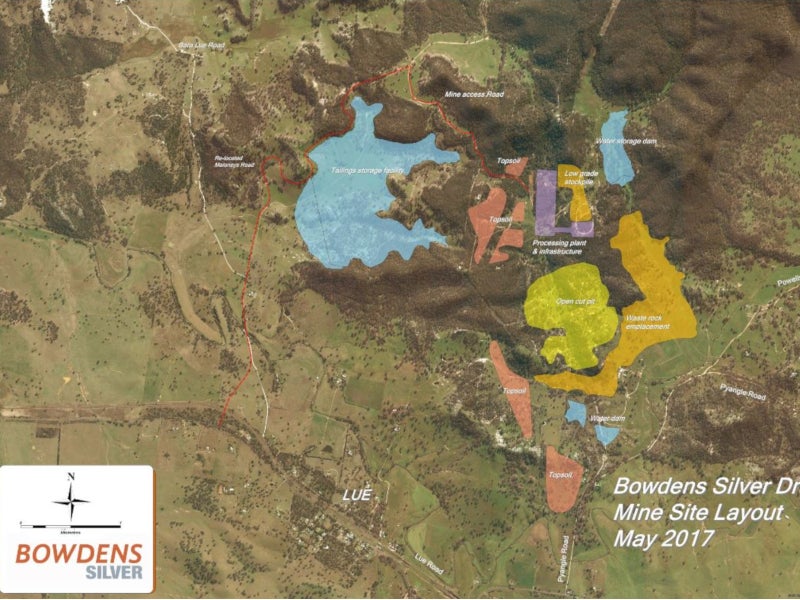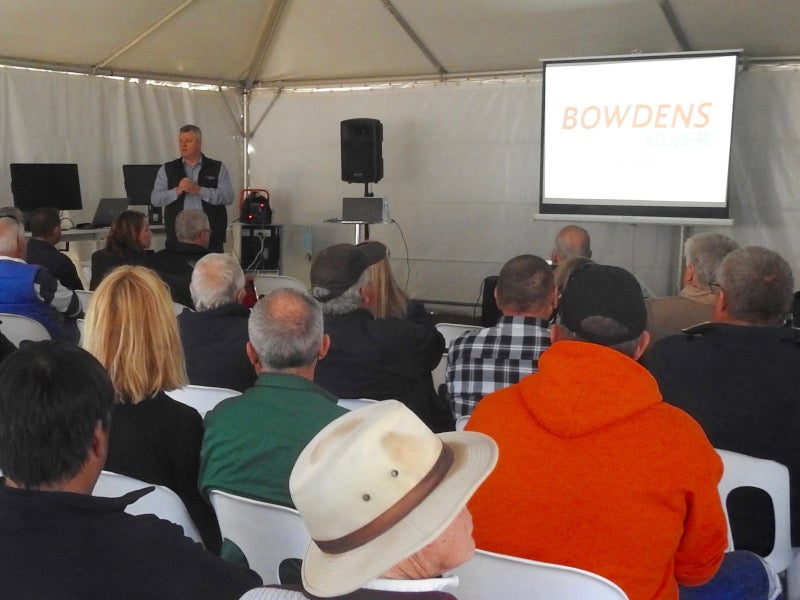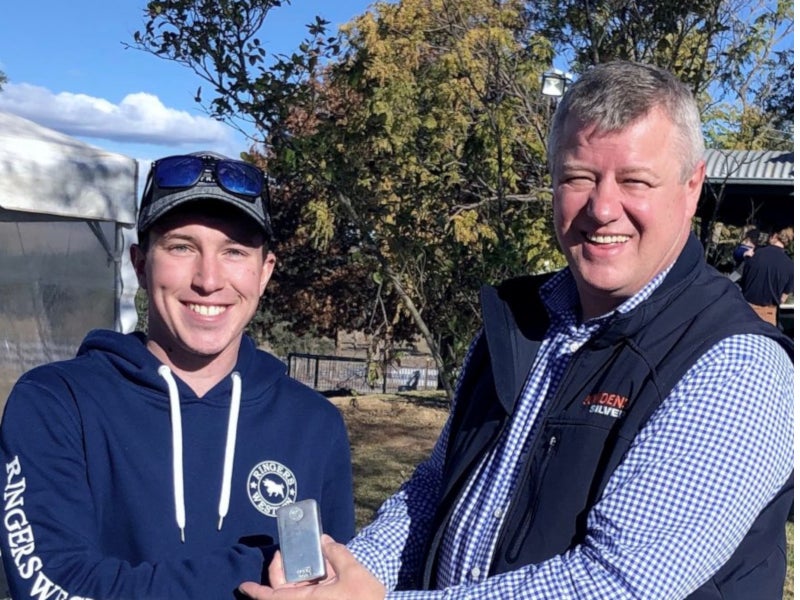The Bowdens silver project is located 26km east of Mudgee, in the Central Tablelands Region of New South Wales. The project is regarded as the largest undeveloped silver project in Australia and also one of the biggest in the world.
Silver Mines Limited (Silver Mines) acquired the mining property in June 2016 and is developing it with an investment of £135.79m (A$246m).
Feasibility study for the project was completed in June 2019. The mine is expected to produce 52.9 million ounces (Moz) of silver, 108,000 tonnes (t) of zinc, and 79,260t of lead through its life of mine (LOM) of 16 years.
Silver Mines proposes to begin construction in January 2020 and production in 2021.
Bowdens silver project location, geology, and mineralisation
The project is located within Exploration Licence 5920 covering an area of approximately 9,244ha. The exploration licence is wholly owned by Bowdens Silver Pty Ltd (BSPL), a subsidiary of Silver Mines.
The Bowdens project comprises Permian silicic and felsic Rylstone Volcanics, above the eastern portion of the Northern Capertee Rise. Most of the mineralisation at the site occurs as a tabular, flat-lying to gently north-dipping zone sub-parallel to stratigraphy.
The region hosts multiple rock types, which are generally fracture-controlled and veined within the welded tuff. The rocks are locally disseminated in the crystal tuff and mainly disseminated in the upper volcanic breccias.
The highest-grade silver mineralisation is identified in the north-eastern portion of the project, which is intimately associated with steeply dipping, narrow, and fracture fill veins.
Bowdens silver project reserves
The ore reserves at Bowdens are estimated at 29.9 million tonnes (Mt), grading 69.0g/t silver, 0.44% zinc, and 0.32% lead. Contained reserves are estimated to be 66.32Moz of silver, 130,800t of zinc, and 95,300t of lead.
Mining method and ore processing
The Bowdens silver project is proposed to employ conventional open-cut mining methods to extract ore and feed the 2Mtpa processing plant.
A waste rock emplacement (WRE) was designed to the east of the open-pit, extending from natural surface to approximately 660mAHD in 10m lifts.
Approximately 54% of the waste rock mined will require encapsulation in the WRE by using non-acid forming rock (NAF). The remaining stockpiles will be formed to the south of the open-pit to act as a sound barrier. Low-grade ore will be stockpiled to the east of the ROM pad.
The processing plant will be located to the north of the open-pit. ROM ore will be subject to single-stage crushing and then fed to a semi-autogenous grinding (SAG) mill in open circuit with a ball mill operating in closed-circuit. The mill connects to a cyclone cluster to produce a P80 particle size of 106µm.
The cyclone overflow will flow to a conditioning tank to remove excess water from the sludge and then passes on to the lead recovery flotation circuit, which will comprise a re-grind mill between the rougher and cleaner stages to produce a P80 product of 20µm.
The lead circuit tailings will be fed to the zinc circuit conditioning tank and then to the zinc flotation circuit. The final tails will be thickened and pumped to the tailings storage facility.
Lead and zinc concentrate slurries will pass to their respective thickeners and be pumped to a vertical plate filter press for dewatering to produce a filter cake.
The filter cake discharge from the filter press will be packed into two tonne bulk bags and loaded into shipping containers to be transported to smelters.
Infrastructure
Power supply for the project is proposed to be sourced from the 132kV busbar at the Ilford substation. A 40km-long, 132kV transmission line will be connected for transmitting power, while a new 132/11kV substation will be installed on site.
Water required for the initial plant start-up and ongoing volumes will be sourced from the Ulan coalfields through a pipeline.
Contractors involved
Silver Mines engaged GR Engineering Services for preparing the project feasibility study report.
Other consultants who supported GR Engineering in the feasibility study preparation include AMC Consultants, ATC Williams, Jacobs Group (Australia), RW Corkery & Co, H & S Consultants, Barnson, and Energy Management Services.





